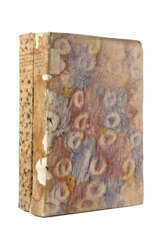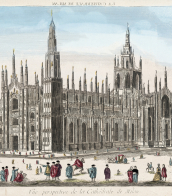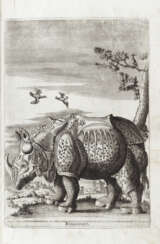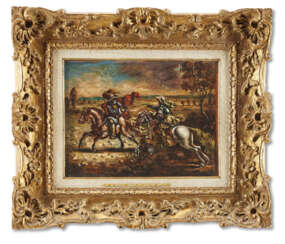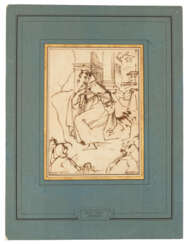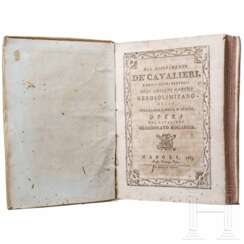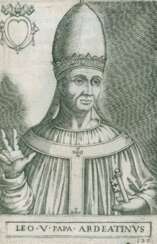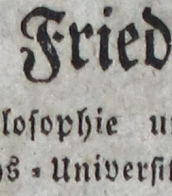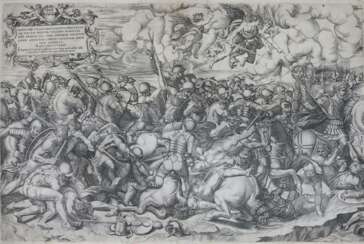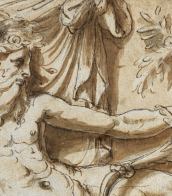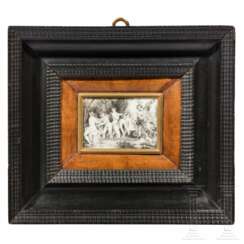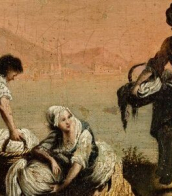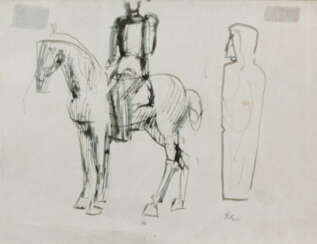cavaliere d&
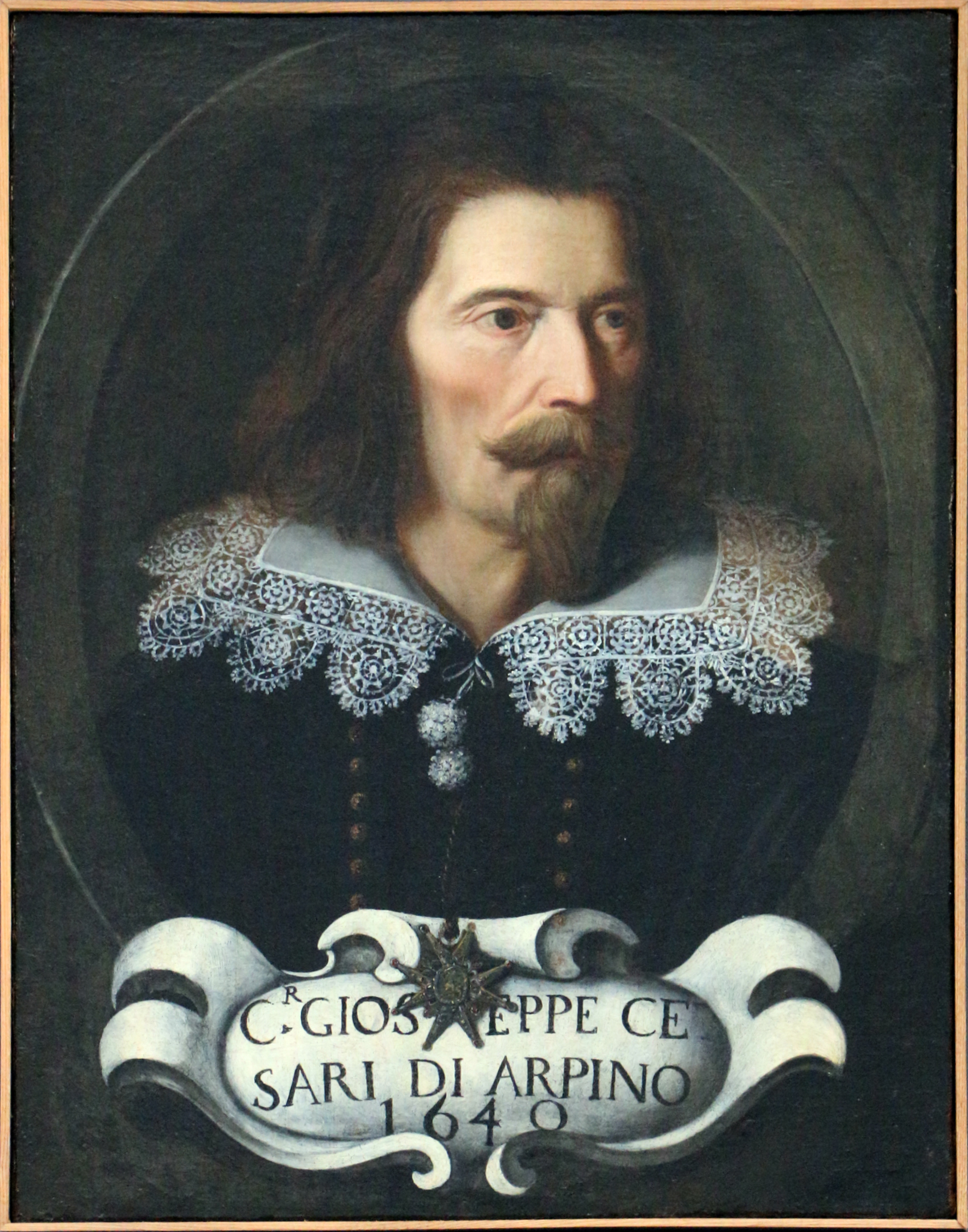
Giuseppe Cesari was an Italian Mannerist painter, also named Il Giuseppino and called Cavaliere d'Arpino, because he was created Cavaliere di Cristo by his patron Pope Clement VIII. He was much patronized in Rome by both Clement and Sixtus V. He was the chief of the studio in which Caravaggio trained upon the younger painter's arrival in Rome.
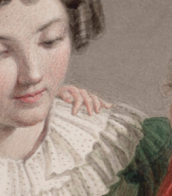

Giuseppe Cesari was an Italian Mannerist painter, also named Il Giuseppino and called Cavaliere d'Arpino, because he was created Cavaliere di Cristo by his patron Pope Clement VIII. He was much patronized in Rome by both Clement and Sixtus V. He was the chief of the studio in which Caravaggio trained upon the younger painter's arrival in Rome.
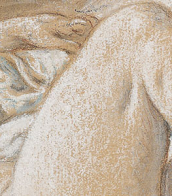
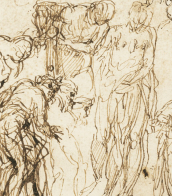
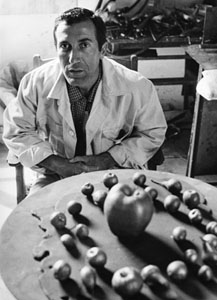
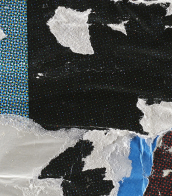

Giuseppe Cesari was an Italian Mannerist painter, also named Il Giuseppino and called Cavaliere d'Arpino, because he was created Cavaliere di Cristo by his patron Pope Clement VIII. He was much patronized in Rome by both Clement and Sixtus V. He was the chief of the studio in which Caravaggio trained upon the younger painter's arrival in Rome.
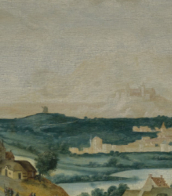

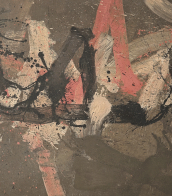
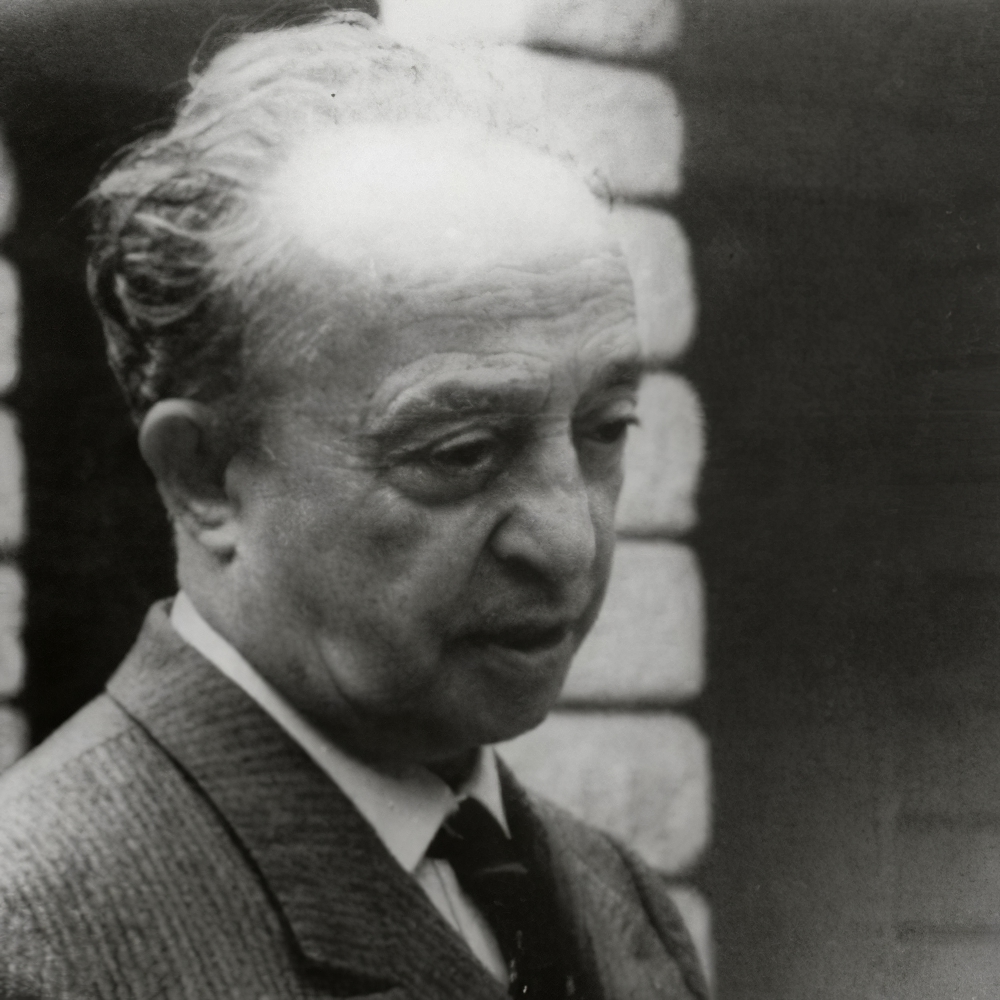
Tomaso Buzzi was an Italian architect and designer.
He also worked as a furniture and glass designer and wrote articles in Domus and Dedalo. Buzzi's slow departure from modernism accentuated after 1945, when he worked mainly as a private architect for the Italian aristocracy and the big bourgeoisie of the Volpi, Agnelli, etc.

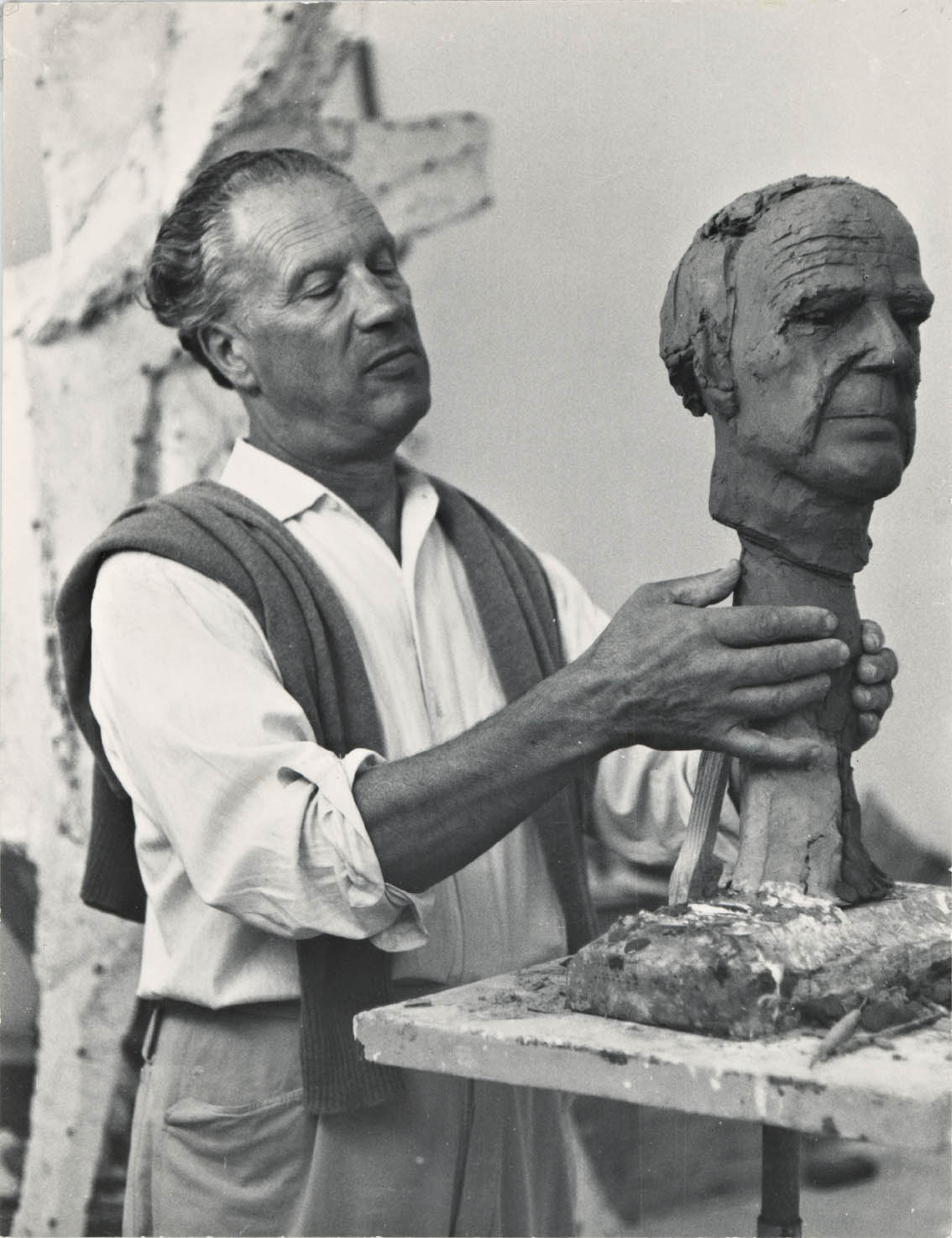
Marino Marini was an Italian sculptor and educator.
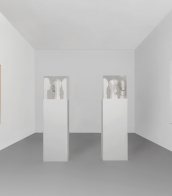

Marino Marini was an Italian sculptor and educator.
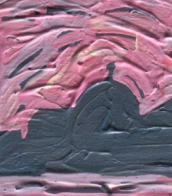
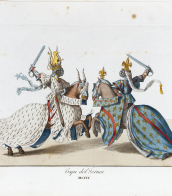
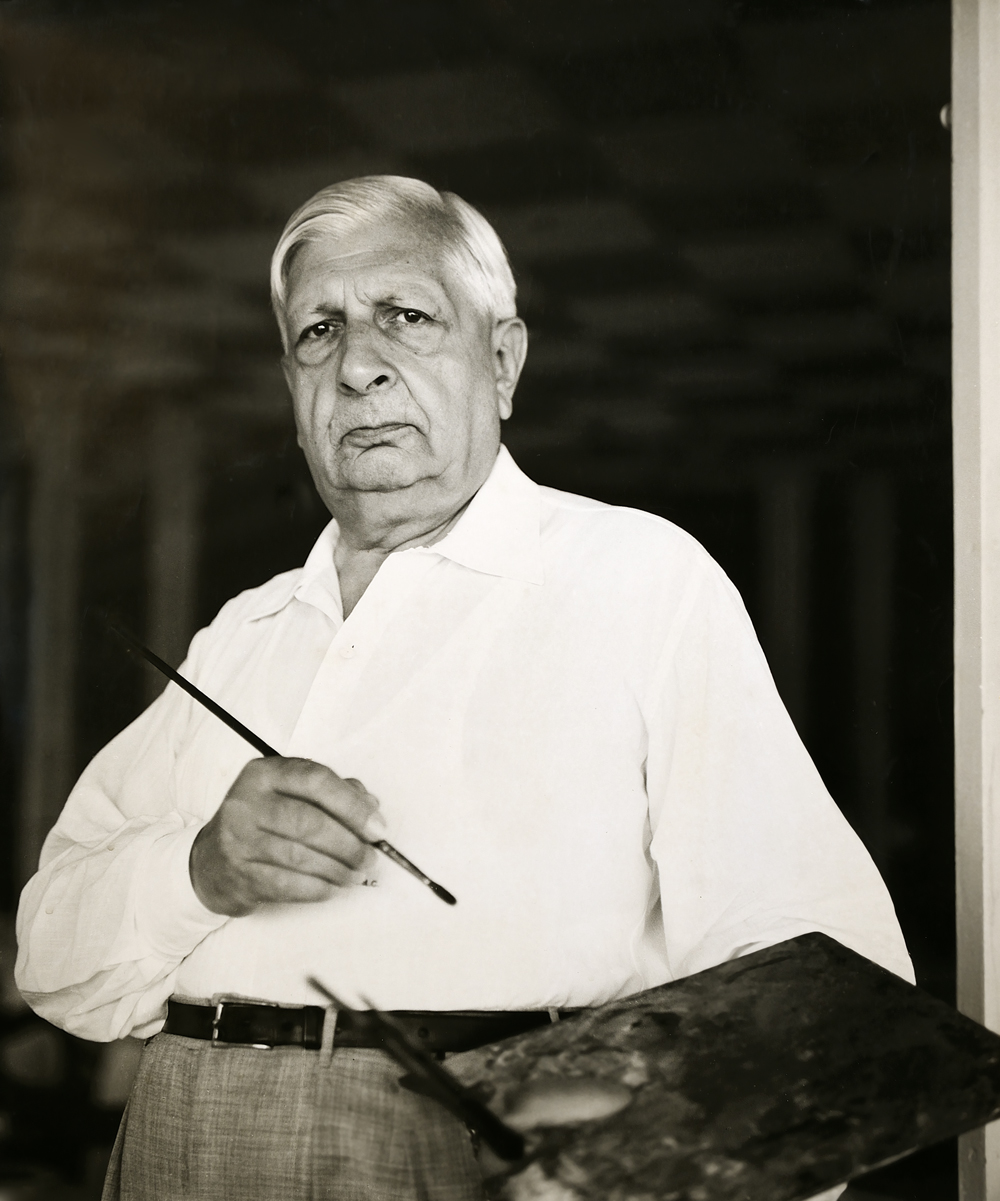
Giuseppe Maria Alberto Giorgio de Chirico, an Italian artist renowned for his profound influence on the Surrealist movement, stands as a seminal figure in 20th-century art. Born in Volos, Greece, in 1888, de Chirico was a visionary painter, sculptor, and writer whose works profoundly altered the landscape of modern art. His paintings, characterized by their dreamlike quality, enigmatic compositions, and the juxtaposition of classical and modern elements, delve into the mysteries of the subconscious, exploring themes of nostalgia, metaphysics, and the uncanny.
De Chirico's art is distinguished by its unique blend of classical motifs with surreal, dreamlike atmospheres, creating a sense of profound mystery and unease. His most famous works, such as "The Enigma of an Autumn Afternoon" and "The Melancholy of Departure," exhibit deserted cityscapes filled with elongated shadows, enigmatic figures, and classical architecture, which became hallmarks of his style. These paintings not only prefigured the Surrealist movement but also influenced countless artists with their exploration of the psyche, the distortion of space, and the play of light and shadow.
His impact on culture and art is undeniable, with his works housed in prestigious museums and galleries worldwide, including the Museum of Modern Art in New York and the Tate Modern in London. De Chirico's ability to evoke the mysterious interconnection between the ancient and the modern through his art continues to captivate collectors and experts in the fields of art and antiques. His innovative approach to painting and sculpture has solidified his position as a key figure in the development of modern art.
For collectors and enthusiasts keen on exploring the depths of 20th-century art and the enigmatic world of Giuseppe Maria Alberto Giorgio de Chirico, staying informed about new discoveries, auction events, and sales of his works is essential. We invite you to sign up for updates to ensure you never miss an opportunity to engage with the enduring legacy of this remarkable Artist. This subscription is your gateway to the latest news related to de Chirico, focusing exclusively on product sales and auction events associated with his influential oeuvre.
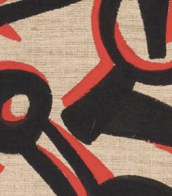
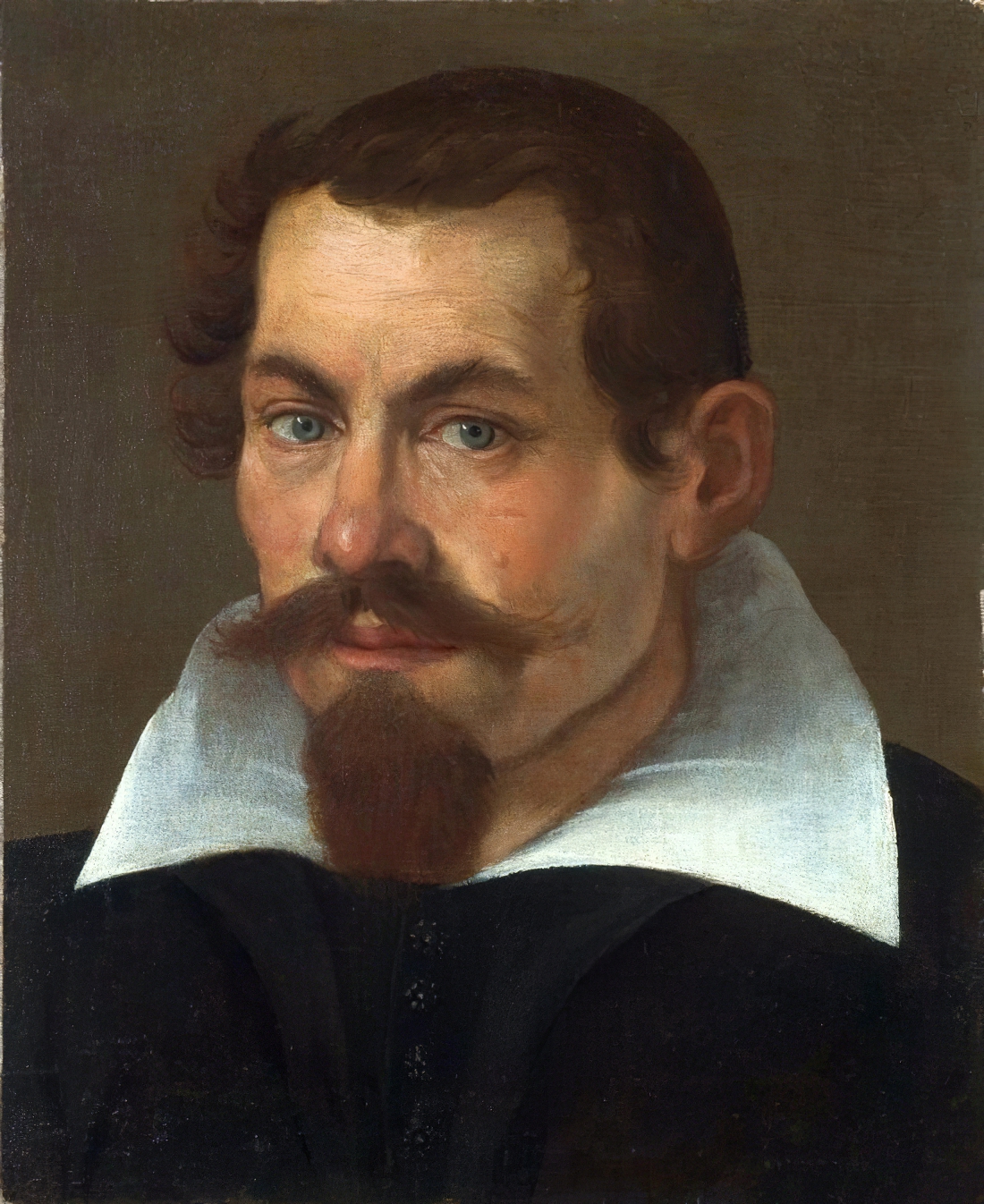
Agostino Carracci, an Italian painter and printmaker born in 1557 in Bologna, is celebrated not just for his own art but also for his significant contributions alongside his brother Annibale and cousin Ludovico to the revitalization of Italian painting at the end of the sixteenth century. While Agostino's paintings are noteworthy, he is particularly distinguished as one of the premier printmakers of his era, producing high-quality reproductive engravings of works by renowned artists like Veronese and Tintoretto, as well as his original creations.
His collaborative work with Annibale on the frescoes for the gallery of the Palazzo Farnese in Rome is one of the notable highlights of his career, demonstrating the Carracci family's impact on the direction of Italian art towards a more realistic and classical style, countering the prevalent Mannerist tendencies of their time. His untimely death in 1602 in Parma curtailed a career that, through his engravings and teachings at the informal academy founded in Bologna with his relatives, influenced a broad swath of the art world, including future generations.
For art collectors and experts, Agostino Carracci's works offer a glimpse into a pivotal moment in art history, where a shift towards classical realism was being forged. His engravings and paintings remain a testament to his skill and a vital part of the narrative of Italian art's evolution.
To delve deeper into Agostino Carracci's world and stay informed about related artworks and auction events, signing up for updates is a proactive step. By subscribing, you'll receive tailored information about Agostino Carracci, ensuring you're always in the loop regarding new insights and opportunities in the realm of art and antiques related to this influential figure.


Giovanni Battista Piranesi was an 18th-century Italian painter, engraver, architect, and archaeologist who represented Neoclassicism and Romanticism. He was famous for creating a lot of original etchings with images of antique architecture monuments.
Giovanni Piranesi created hundreds of drawings and drafts in which he depicted the reconstructed ruins of ancient Roman buildings. His works are still used as teaching aids in the education of architectural students in many prestigious European universities. Piranesi periodically printed voluminous books with dozens of his own engravings depicting modified ancient architectural masterpieces - "graphic fantasies". His works were in demand among professional architects, who borrowed Piranesi's original ideas for their designs.
The peak of Piranesi's career came in the 1760s when, in recognition of his merits, he became an honorary member of the Guild of St. Luke and received from the Pope the title of Knight of the Golden Spur.
More than 700 of the master's original etchings have survived, printed in scholarly works.



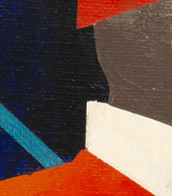
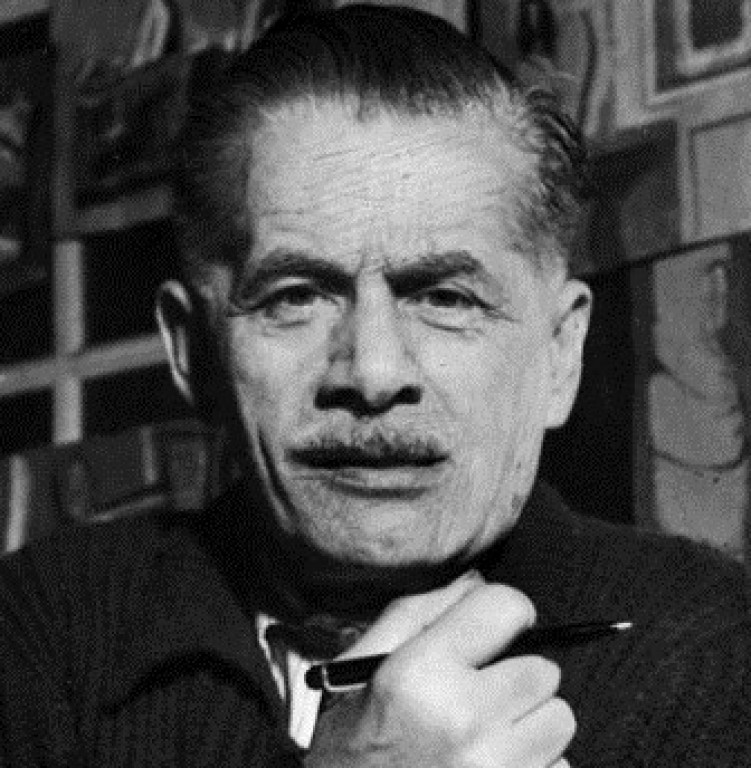
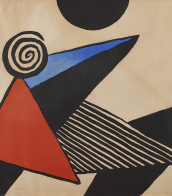
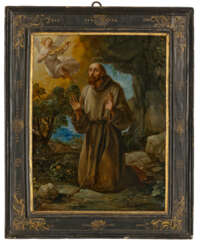

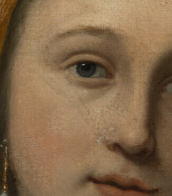


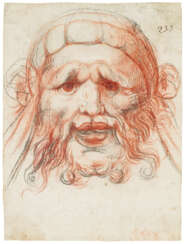

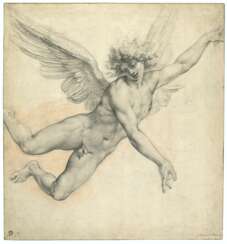



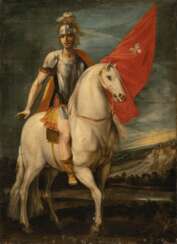

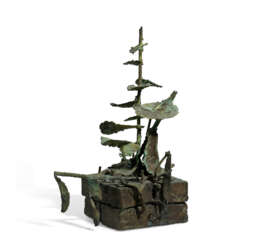



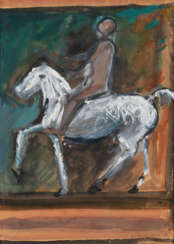

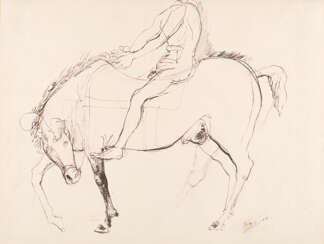

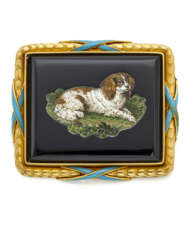

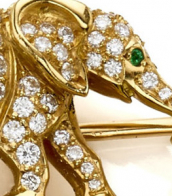
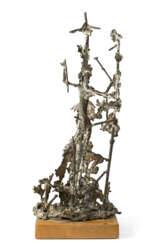

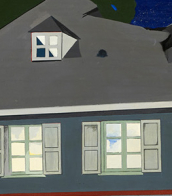


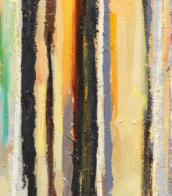
![[BODONI] - EPITTETO (50-130 d.C.). Epiktetou Encheiridion. Parma: Bodoni, 1793.](/assets/image/picture_1242042/a1ec8/ovetdxtgj6idtreyvg3mpfjgkcf3yonbixv9qw4r4xrwo8mc504-gdvjrkbdvwwk1608650265jpg__fix_374_244.jpeg)
![[BODONI] - EPITTETO (50-130 d.C.). Epiktetou Encheiridion. Parma: Bodoni, 1793.](https://veryimportantlot.com/assets/image/picture_1242042/a1ec8/ovetdxtgj6idtreyvg3mpfjgkcf3yonbixv9qw4r4xrwo8mc504-gdvjrkbdvwwk1608650265jpg__fix_374_244.jpeg)
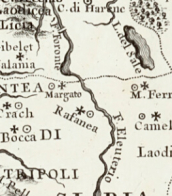


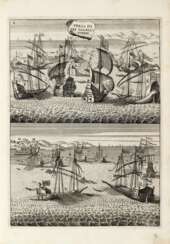

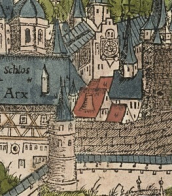
![[NOBILTA'] - Elenco generale..de cavalieri e Dame della Città di Milano. Milan: 1787.](/assets/image/picture_1242011/0f782/glytpygzzad5vanz6egnq5obcm2qepnjtiebtkkvoxkpqs3esmqe4pdj4vz9mwcw1608650265jpg__fix_374_244.jpeg)
![[NOBILTA'] - Elenco generale..de cavalieri e Dame della Città di Milano. Milan: 1787.](https://veryimportantlot.com/assets/image/picture_1242011/0f782/glytpygzzad5vanz6egnq5obcm2qepnjtiebtkkvoxkpqs3esmqe4pdj4vz9mwcw1608650265jpg__fix_374_244.jpeg)
